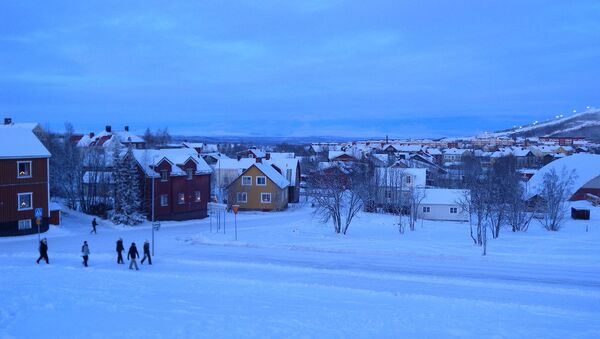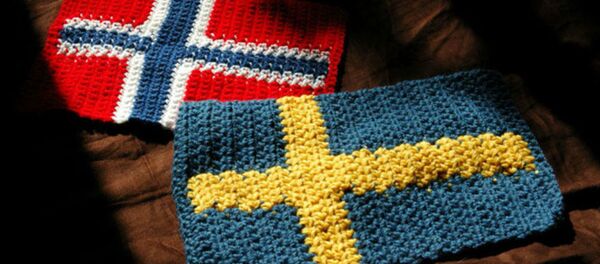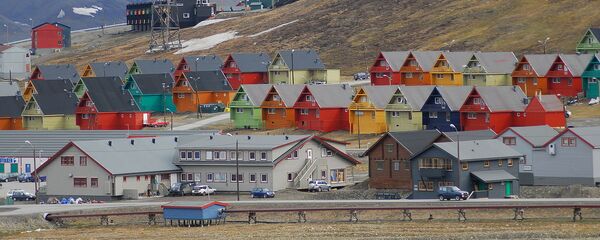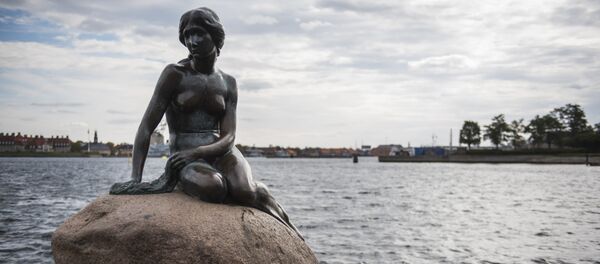Kiruna residents are subject to a harsh climate and have to endure long winters with no sunlight and freezing temperatures, yet the town still functions as a magnet, attracting people. Founded in 1900 by the state-owned Luossavaara-Kiirunavaara mining company (LKAB) some 140 kilometers inside the Arctic circle, Kiruna is basically a gigantic iron ore extraction site, producing roughly 90 percent of all the iron the EU uses.
"How do you move a city?" @nytimes asks & looks to #Kiruna, #Sweden for the answer: https://t.co/lKExfpyCBn pic.twitter.com/2I5I7YKNnk
— swedennewyork.com (@swedennewyork) May 23, 2016
Over 3,000 homes are planned for demolition by 2033, whereas 3,500 new homes will be ready some 3 kilometers east of the current city center, Tuolluvaara. In addition to building new lodgings, the 20-year plan also involves moving 21 official institutions, like the town hall, the police station, the hospital, the award-winning church and several other buildings. At present, a team of Swedish and Norwegian architects from the companies White arkitekter and Ghilardi + Hellsten are working on the urban plan for new Kiruna.
#Swedishcity & towns: #KIRUNA How to # move a whole city https://t.co/NF5RfYZExM pic.twitter.com/9furr9Jyf8
— Eva Hellqvist (@evaohsoswedish) May 19, 2016
The relocation is largely touted as a golden opportunity for Kiruna to "reinvent itself" into a model of sustainable development, attracting young people from across the country.
The Kiruna municipality's own website says that the local inhabitants do understand the moving process, but at the same time admits they leave their history, their memories and their identity behind.
För tredje året i rad utsågs Kiruna till årets glesbygdskommun i tidningen Fokus årliga ranking.#Kiruna pic.twitter.com/WcAdRE3s1x
— Kirunabilder (@kirunabilder) May 13, 2016





